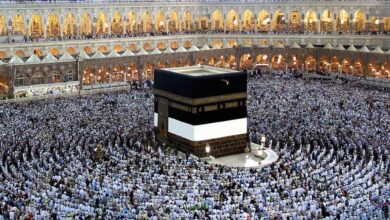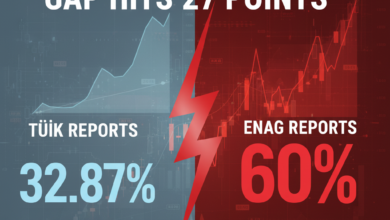
The ancient city of Aizanoi is located on the Orencik Plain plateau, within the borders of Cavdarhisar district, 48 km southwest of Kutahya. Aizanoi, which Strabo showed among the cities of the Phrygian Epictetus, is 40 km from Kotiaeion (Kutahya). South West; 25 km from Kadoi (Gediz). northeast; Approximately 40 km from Appia (Altıntas). It is located on the Penkalas (Kocacay) branch of the Rhyndakos (Orhaneli) Stream in the northwest.
The history of Aizanoi dates back to the 3rd millennium BC, thanks to recent research and excavations around the temple of Zeus. Aizanoi first came to the fore politically in the struggle between the kingdoms of Pergamon and Bithynia, until it came under Roman rule. Aizanoi is strategically located for the Kingdom of Bithynia, which wants to expand southward, and the kingdom wants to own it.

Attalos I (216-213 BC) won the struggle between Pergamon and Bithynia Kingdoms and Aizanoi was included in the Pergamon Kingdom. II. During Eumenes’ accession to the throne in 197 BC, the Kingdom of Pergamum experienced serious internal turmoil and this was a positive development for Bithynia. Thus, BC. At the beginning of the 2nd century, Bithynia King Prusias I annexed Phrygia Epictetus to the territory of Bithynia.
After the Peace of Apameia in 183 BC, thanks to the mediation of the Roman Empire, the hostilities between Pergamon and Bithynia ended and Aizanoi II. Under the rule of Eumenes, it was given to the control of Pergamum. This situation continued until the Roman Empire converted the lands of the Pergamon Kingdom into the Province of Asia in 129 BC. Aizanoi came to the fore in the socio-political sense with its temple-city status and its participation in the Panhellen League during the Roman Imperial Period. However, especially during the Hadrian’s Period, reconstruction activities in Anatolia were also evident in Aizanoi, and many public buildings were repaired or built during this period, including the Zeus temple.

Temple of Zeus in Aizanoi
Its construction was started in 92 AD with the material brought from the marble quarries near Aizanoi and its construction lasted until the Hadrian Period. The temple was built on a podium measuring 53x35m. It has a pseudodipteros plan with 8×15 columns in Ionic order. Aizanoi Zeus temple is the best preserved among the Zeus temples in Anatolia. The temple owned lands in and around the city. During the reign of Hadrian, the most fundamental problem between Aizanoi and Rome was about the management of the lands belonging to the city.
We obtain clear and detailed information about these lands, which are thought to be connected to the temple of Zeus, from epigraphic sources. Four of them are inscriptions on the temple written by official authorities. All inscriptions are dated to Hadrian’s period. These inscriptions we see on the walls of the temple contain a group of correspondence between Rome and Aizanoi during the rule of the temple lands in Aizanoi.

Aizanoi became a part of the Germiyanogulları Principality, whose center was Kütahya and which flourished in the last quarter of the 13th century and the beginning of the 14th century. The Cavdar tribe from the Tatar tribe settled here during the principalities and used the ruined temple as a castle. During this period, there are more than three hundred rye Tatar, cavalry, kopuzist, minstrel and animal figures on the walls of the temple.






